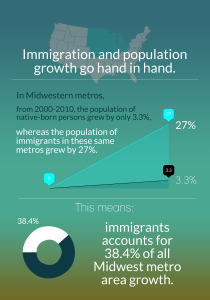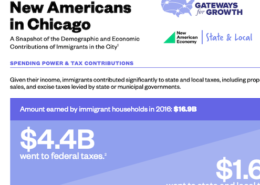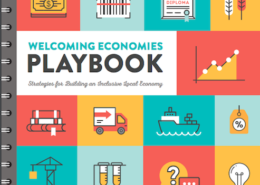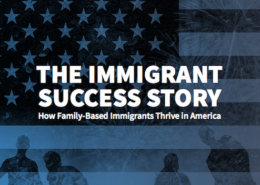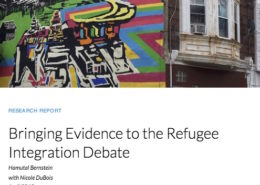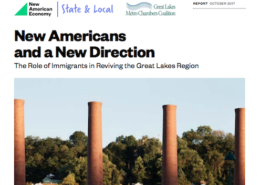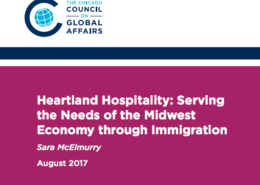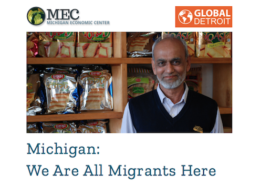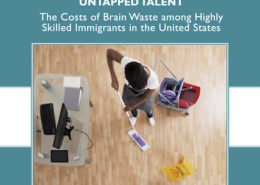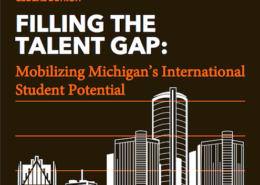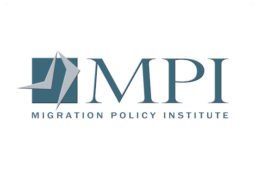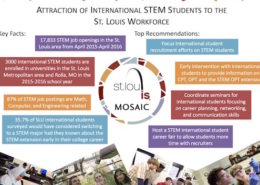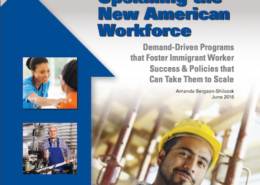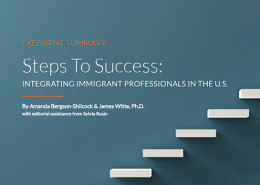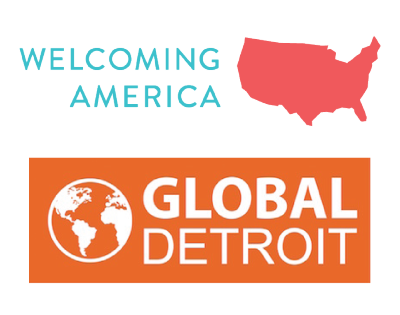Welcoming Economies in the Rust Belt
Between 1870 and 1920, about 25 million immigrants arrived in America. These immigrants were at the source of early 20th Century midwestern industrial innovation that propelled America’s industrial growth. These laborers and entrepreneurs contributed to the creation of Detroit automobiles and Pittsburgh steel, and they continue to be a significant part of the regions that serve as economic catalysts in today’s world.
The decline of the industrial economy resulted in Metropolitan regions across the Rust Belt experiencing slow or declining population growth and economic stagnation. This is due in large part to the loss of manufacturing jobs resulting in crippled local economies, and the aging and out-migration of the native-born population, and many of these regions continue to struggle with these issues today.
In recent years, a movement of local immigrant-welcoming initiatives has grown. These initiatives are rooted in the fact that immigrant communities, together with long-time residents, help expand economic opportunities and revitalize regions economically, socially, and civically. Local governments and nonprofits in the Rust Belt region are developing policies, programs, and partnerships to infuse local economies with new businesses and talent, to attract and retain newcomers, and to be competitive in the global economy. Welcoming America provides a road map, support, and peer learning programs to help local governments and nonprofits seize the opportunity of immigration to grow our local economies. Check out some of our tools below, as well as research from national partners and members.
Welcoming Economies Playbook
Use this toolkit to improve your own message and impact your work.

